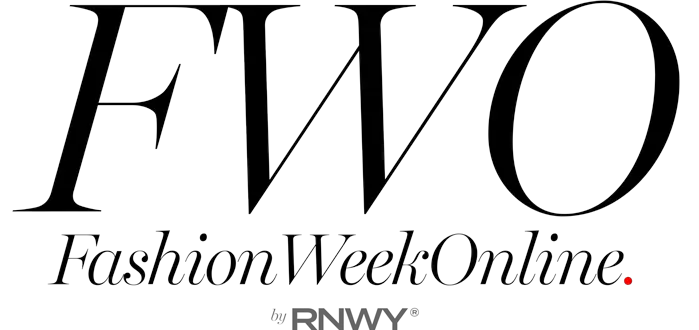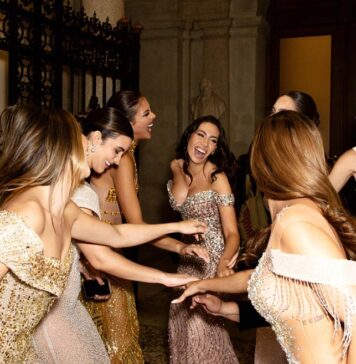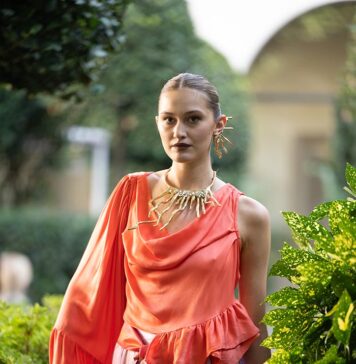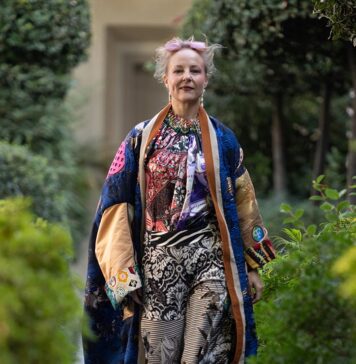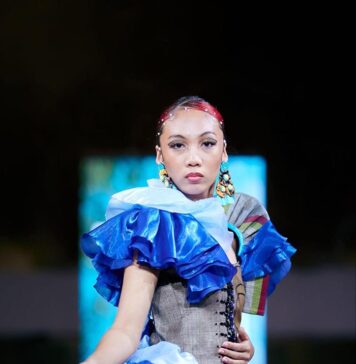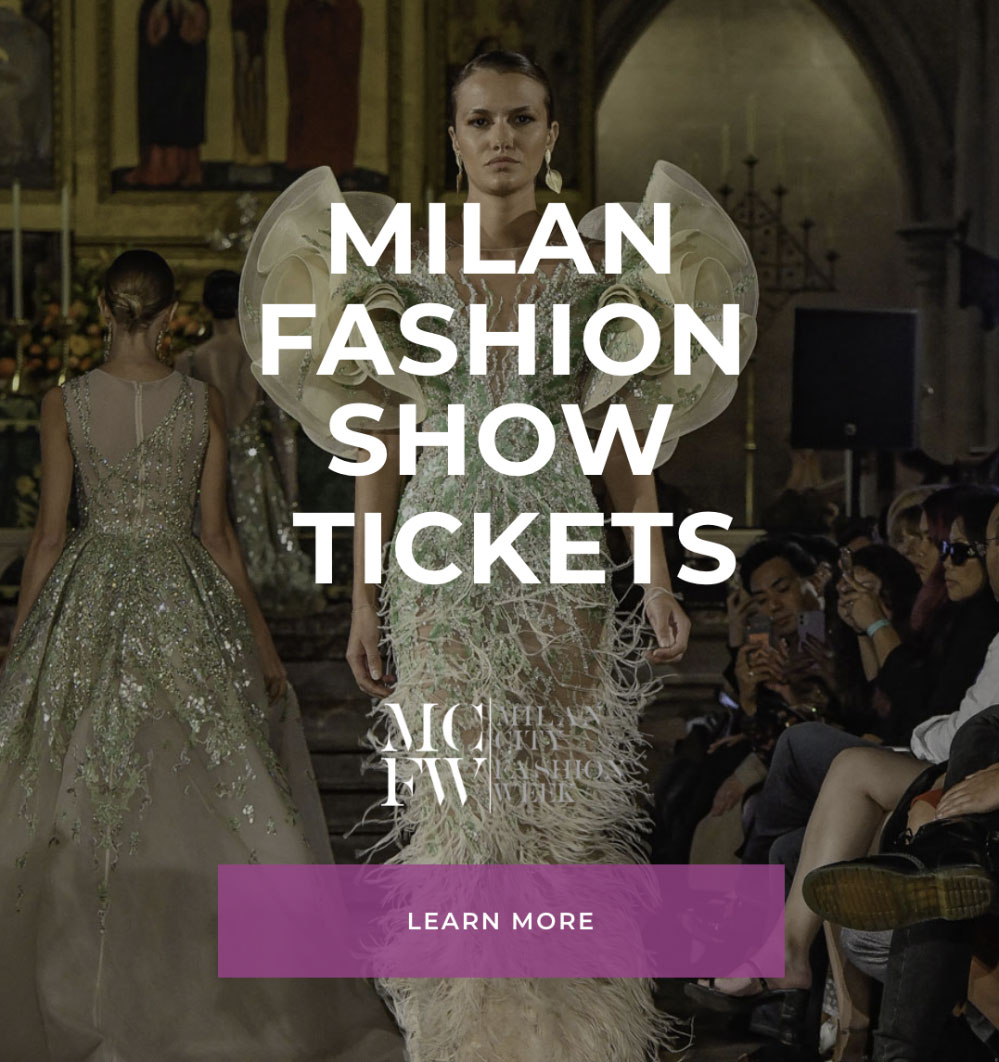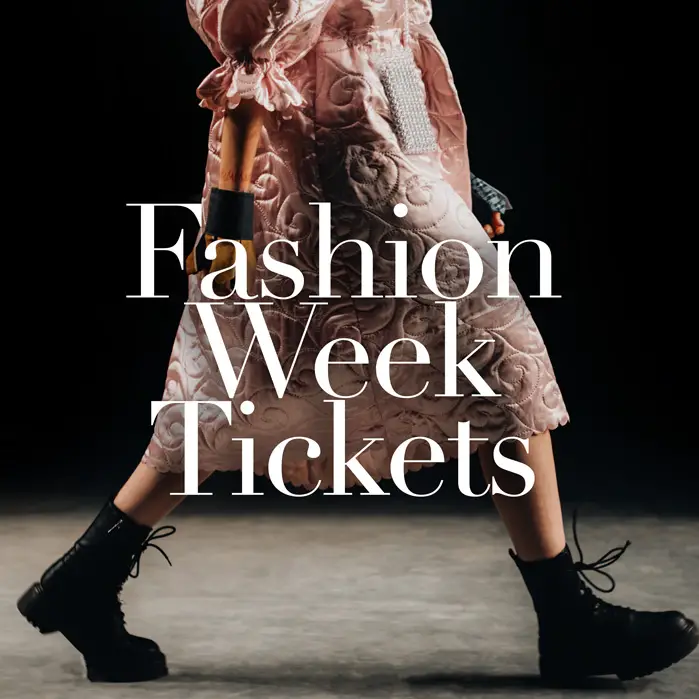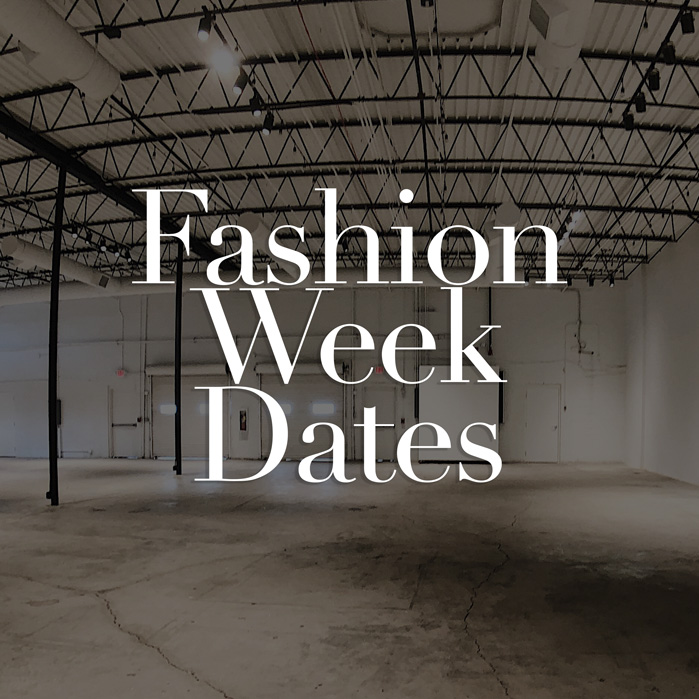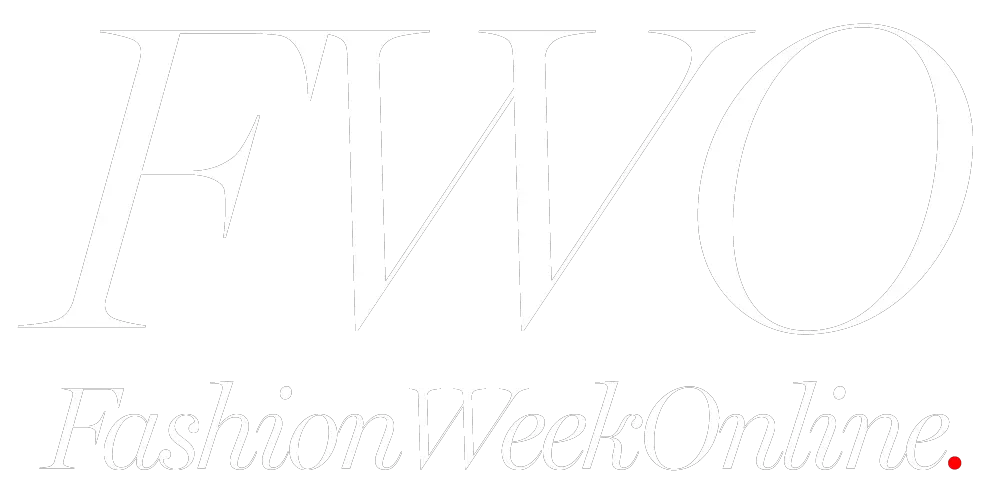Milan Fashion News.

Runway Reporter Milan
[/tdc_zone]
Economic Impact of Milan Fashion Week
According to PwC Italy research and Confindustria analysis, Milan Fashion Week generates substantial economic impact for the city and Italian economy:
- Over €50 million in direct economic benefit per fashion week
- Approximately 25,000 visitors to the city during each event
- Hotel occupancy rates increasing by 90% during fashion week periods
- Significant boost to restaurant, retail, and transportation sectors
- Media value estimated at hundreds of millions in global coverage
The City of Milan actively supports the event through infrastructure, security, and promotional initiatives, recognizing its vital role in positioning Milan as a global cultural and business destination.
Current Trends in Milan Fashion Week
According to Women’s Wear Daily and Business of Fashion analysis, recent seasons have highlighted several significant developments:
- Heritage Reinterpretation: Italian brands revisiting and reinventing their archives for contemporary relevance
- Sustainability Focus: Increased emphasis on responsible production and transparent supply chains
- Digital Integration: Sophisticated hybrid formats combining physical presentations with digital experiences
- Emerging Designer Platforms: Expanded opportunities for new Italian talent through dedicated showcase initiatives
- Cultural Collaboration: Fashion intersecting with Italian art, design, and architectural heritage
Essential Milan Fashion Week Resources
Fashion Week Online® offers comprehensive resources to enhance your Milan Fashion Week experience:
Note: “Milano Moda Donna” and “Milano Moda Uomo” are registered trademarks owned by Camera Nazionale della Moda Italiana. Fashion Week Online® offers exclusive discounted tickets to independent showcases taking place in Milan during the same timeframe as the official calendar events.
Milan Fashion Week: Complete Guide to Milano Moda 2025-2026
Last Updated: April 1, 2025
See an error? Send story corrections here.
Experience the creativity and craftsmanship of Italian fashion at Milan Fashion Week. This comprehensive guide provides accurate dates, venue information, designer schedules, and exclusive access options for Milan Fashion Week 2025-2026, from established luxury powerhouses to emerging Italian talent.
Enhance Your Milan Fashion Week Journey
Unlock exclusive benefits with our VIP membership program, including early access to fashion week tickets and special industry events.
✓
✓
✓
✓
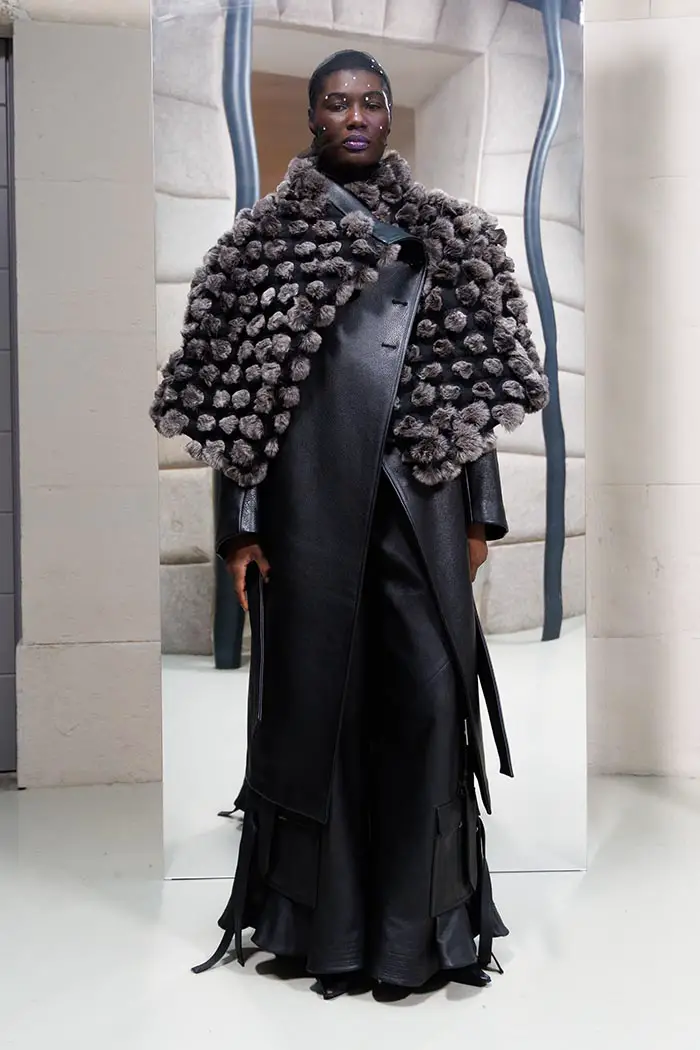
Photo: Courtesy Jarel Zhang, Milan Fashion Week Fall/Winter 2025
Milan Fashion Week: The Epicenter of Italian Style
Milan Fashion Week (Milano Moda) stands as one of the world’s preeminent fashion events, showcasing the unrivaled craftsmanship and creative vision that defines Italian fashion. Organized by Camera Nazionale della Moda Italiana since 1958, Milan Fashion Week has evolved into a global style phenomenon that draws international attention to Italy’s distinctive design aesthetic.
Milan Fashion Week Navigation:
Milan Fashion Week Dates 2025-2026
Upcoming Milan Fashion Week Schedule
- Milan Fashion Week Women’s Spring/Summer 2026: September 17-23, 2025
- Official Calendar: September 17-23, 2025
- Pre-shows and Independent Showcases: September 15-16, 2025
- Complete Milan Fashion Week Schedule
- Milan Fashion Week Women’s Fall/Winter 2026-27: February 25-March 3, 2026
- Official Calendar: February 25-March 3, 2026
- Pre-shows and Independent Showcases: February 23-24, 2026
- Milan Fashion Week Event Discounts
- Milan Fashion Week Men’s Spring/Summer 2026: June 13-17, 2025
- Official Calendar: June 13-17, 2025
- Men’s Milan Fashion Week Schedule
- Milan Fashion Week Men’s Fall/Winter 2026-27: January 10-14, 2026
- Official Calendar: January 10-14, 2026
Key Milan Fashion Week Venues
Milan Fashion Week transforms the city into a network of spectacular showcases, with events hosted across historic locations and contemporary spaces. The most prominent venues include:
Camera Nazionale della Moda Italiana Fashion Hub
The official headquarters during fashion week, this centralized location hosts emerging designer showcases, press conferences, and industry events. Located in central Milan, the Fashion Hub serves as the operational center for the official calendar.
Palazzo Reale
This historic royal palace near the Duomo frequently hosts major runway shows and fashion exhibitions. Its grand halls and ornate architecture provide a dramatic backdrop for luxury brand presentations.
Fiera Milano City
This modern exhibition complex accommodates large-scale runway productions and multi-designer events, with its versatile spaces easily transformed to realize creative show concepts.
Università Statale di Milano
The courtyards and halls of Milan’s historic state university become sought-after venues during fashion week, particularly for brands that wish to showcase collections against Renaissance architecture.
Arco della Pace
The neoclassical “Arch of Peace” and surrounding Sempione Park area host outdoor runway shows during the spring/summer seasons, offering dramatic city backdrops.
Iconic Brand Headquarters
Many major Italian houses host shows at their Milan headquarters, including:
- Armani/Teatro (Via Bergognone) – Giorgio Armani’s dedicated show space
- Fondazione Prada – Prada’s art foundation and exhibition space
- Gucci Hub – Gucci’s Milan headquarters and show venue
- Fondazione Ferragamo – Salvatore Ferragamo’s foundation space

Photo: Courtesy Maryling, Milan Fashion Week Fall/Winter 2025
Milan Fashion Week Designers
Milan Fashion Week spotlights an exceptional roster of established Italian powerhouses and innovative emerging talent. The schedule typically features:
Iconic Italian Luxury Houses
- Prada – Known for intellectual fashion with innovative materials and concepts
- Gucci – Recognized for eclectic, romantic, and contemporary designs
- Giorgio Armani – Celebrated for refined tailoring and timeless elegance
- Versace – Famous for bold prints, vibrant colors, and glamorous silhouettes
- Fendi – Renowned for exceptional fur craftsmanship and leather goods
- Bottega Veneta – Respected for sophisticated leatherwork and understated luxury
- Dolce & Gabbana – Known for Sicilian-inspired sensuality and decorative details
- Missoni – Famous for distinctive colorful knitwear and zigzag patterns
- Max Mara – Revered for luxurious outerwear and sophisticated tailoring
- Moschino – Celebrated for playful, irreverent designs with cultural commentary
Emerging Italian Talent
Milan Fashion Week actively promotes the next generation of Italian designers through dedicated showcase platforms and initiatives. Notable emerging designers include emerging brands focusing on sustainability, innovative craftsmanship, and contemporary interpretations of Italian style traditions.
What Makes Milan Fashion Week Distinctive
Milan distinguishes itself among the global fashion weeks through:
- Exceptional Craftsmanship: Unparalleled attention to construction, materials, and finishing
- Business Focus: Strong commercial emphasis with major buyer attendance
- Family Legacies: Many houses remain family-owned or led by founding families
- Manufacturing Excellence: Direct connection to Italy’s renowned production districts
- Elegant Presentations: Sophisticated, polished show formats that highlight the clothing
Milan Fashion Week Event Access
How to Access Milan Fashion Week Events
Milan Fashion Week offers various pathways for industry professionals and fashion enthusiasts:
- Camera Nazionale della Moda Italiana Official Calendar Shows: Primarily invitation-only for industry professionals, buyers, press, and VIPs
- Independent Designer Showcases: Exclusive discounts available through Fashion Week Online® for events taking place during Milan Fashion Week
- Digital Access: Many shows offer livestreaming options accessible worldwide
- Fashion Week Events: Public exhibitions, store events, and pop-ups throughout Milan
The History and Evolution of Milan Fashion Week
Milan established itself as a global fashion capital through a rich history of craftsmanship, innovation, and entrepreneurial vision, as documented by the Camera Nazionale della Moda Italiana and fashion historians like Istituto Marangoni:
Early Foundation (1950s-1960s)
Italian fashion gained international recognition in the 1950s when local designers began showcasing collections to international buyers and press. Florence initially served as Italy’s fashion hub until the early 1960s when Milan-based designers began asserting their influence.
Official Establishment (1958)
Camera Nazionale della Moda Italiana was founded in 1958 to organize and promote Italian fashion. However, Milan Fashion Week as a formal, scheduled event would emerge later.
Rise to Prominence (1970s-1980s)
Milan truly came into its own as a fashion capital in the 1970s and 1980s with the emergence of ready-to-wear powerhouses like Giorgio Armani, Gianni Versace, and Gianfranco Ferré. This era established “Made in Italy” as a mark of exceptional quality and design.
Global Dominance (1990s-2000s)
The 1990s solidified Milan’s position within the “Big Four” fashion weeks (alongside Paris, New York, and London). Italian luxury groups expanded globally, with Milan-based shows becoming must-attend events for the international fashion community.
Digital Transformation (2010s-Present)
Recent years have seen Milan Fashion Week embrace digital innovation while maintaining its commitment to craftsmanship and in-person experiences. The COVID-19 pandemic accelerated digital adoption, with hybrid formats now common.

Photo: Courtesy Giuseppe Di Morabito, Milan Fashion Week Fall/Winter 2025
Milan Men’s Fashion Week (Milano Moda Uomo)
Milan has established itself as a leading destination for menswear, with Milano Moda Uomo showcasing the best in Italian men’s fashion:
Key Menswear Designers
The Milan men’s calendar features established luxury houses alongside specialized menswear brands:
- Zegna – Master of fine tailoring and luxury fabrics
- Giorgio Armani – Pioneer of relaxed, elegant masculinity
- Prada – Intellectual approach to menswear with distinctive concepts
- Fendi – Luxury craftsmanship with contemporary edge
- Dolce & Gabbana – Bold, sensual Mediterranean aesthetic
Men’s Fashion Week Innovations
Milan Men’s Fashion Week has been at the forefront of several industry shifts:
- The growing convergence of luxury and streetwear
- Increased focus on sustainability and ethical production
- Evolution of traditional Italian tailoring for contemporary lifestyles
- Expanded accessories and footwear presentations
View the complete Milan Men’s Fashion Week schedule
Milan Fashion Week Travel Guide
Planning a visit to Milan during Fashion Week requires strategic preparation to navigate the city efficiently:
Getting Around Milan During Fashion Week
- Central Location: Most shows take place within Milan’s central districts
- Transportation: Metro system, taxis, and private cars are primary transit options
- Timing: Allow extra travel time between venues due to increased traffic
- Key Areas: Brera, Tortona, and Porta Nuova districts host numerous shows
Where to Stay During Milan Fashion Week
- Luxury Options: Four Seasons Hotel Milan, Bulgari Hotel, Palazzo Parigi
- Fashion-Forward Choices: Armani Hotel Milano, Baglioni Hotel Carlton
- Boutique Experiences: Magna Pars Suites, Hotel Viu Milan
- Central Convenience: Hotel Manzoni, The Square Milano Duomo
Essential Milan Fashion Week Planning Tips
- Book Accommodations Early: Hotels fill quickly during fashion week periods
- Dress Strategically: Milan’s fashion crowd showcases sophisticated style with attention to quality and subtle luxury details
- Weather Considerations: February shows occur during winter (pack layers and elegant outerwear), while September shows experience mild early fall conditions
- Dining Reservations: Secure restaurant bookings well in advance, particularly for fashion week hotspots
- Schedule Gaps: Plan for time between shows and events to account for travel and potential delays
Milan Fashion Week Beyond the Runway
Fashion Week transforms Milan with industry events and cultural activities throughout the city:
Fashion Exhibitions and Installations
Museums and galleries across Milan host fashion-related exhibitions during the week, including retrospectives at Palazzo Reale and contemporary fashion installations at Triennale Milano.
Milan Fashion District Guide
The heart of Milan’s fashion scene is the Quadrilatero della Moda (Fashion Quadrilateral), as detailed by Milano Tourism. This luxury shopping district includes:
- Via Montenapoleone – Milan’s most prestigious shopping street
- Via della Spiga – Elegant pedestrian street with luxury boutiques
- Via Sant’Andrea – Home to high-end jewelry and accessory shops
- Via Manzoni – Historic street connecting to cultural institutions
During Fashion Week, these streets become central gathering points for industry professionals, with impromptu street style photography and brand activations transforming the district into an open-air fashion celebration.
Industry Networking
Bars and restaurants in Brera and Porta Romana become networking hubs for fashion professionals, with impromptu gatherings and official afterparties.
Expert Insights: Understanding Milan Fashion Week
Milan Fashion Experience: An Insider’s Perspective
“Milan Fashion Week embodies a distinct rhythm and character compared to other fashion capitals. The atmosphere is decisively business-oriented, with buyers and industry executives navigating between appointments with focused determination. Yet, there’s an unmistakable appreciation for the artistry behind the commerce.
What makes Milan truly special is how the city’s fashion identity extends beyond the official venues. You’ll find impeccably dressed Milanese everywhere, from baristas executing perfect coffee service in crisp white shirts to elegant older gentlemen discussing politics at neighborhood cafés in flawless tailoring. The entire city serves as both inspiration and runway.”
— Fashion Week Online® Editor
Milan Fashion Week Sustainability Initiatives
In recent years, sustainability has become a key focus for Milan Fashion Week, with Camera Nazionale della Moda Italiana leading various environmental initiatives. These include:
- Green Carpet Fashion Awards – Celebrating sustainable fashion innovation
- Sustainable Fashion Guidelines – Comprehensive recommendations for Italian fashion brands
- Digital Fashion Week – Reducing the environmental impact of physical events
- Manufacturing Certifications – Promoting ethical production standards
Milan-based luxury houses have increasingly embraced these sustainability principles, with many brands establishing dedicated environmental programs and transitioning to more responsible materials and production methods. This focus aligns with Italy’s rich tradition of craftsmanship while addressing contemporary environmental concerns.
For more information on sustainability in Italian fashion, visit the Stella McCartney sustainability platform and Eco-Age, which works closely with Italian luxury brands.
Frequently Asked Questions
How many Milan Fashion Weeks are there each year?
Milan hosts four major fashion weeks annually: Women’s Ready-to-Wear (February and September), and Men’s Ready-to-Wear (January and June). These align with the global fashion calendar’s seasonal structure of Fall/Winter and Spring/Summer collections.
What makes Milan Fashion Week different from other fashion capitals?
Milan distinguishes itself through its strong emphasis on craftsmanship, business pragmatism, and connection to Italy’s manufacturing excellence. Shows tend to focus on wearable luxury with commercial viability, reflecting Italy’s prominence in global fashion retail. The city’s fashion identity is deeply connected to family-owned businesses and artisanal traditions.
Can the public attend Milan Fashion Week shows?
While official Camera Nazionale della Moda Italiana calendar shows are primarily invitation-only for industry professionals, there are several ways the public can experience Milan Fashion Week. Independent designer showcases often offer events with discounted access, which Fashion Week Online® provides exclusively. Additionally, many brands host public-facing events, exhibitions, and retail activities throughout the city during fashion week.
Where are most Milan Fashion Week shows held?
Milan Fashion Week shows are distributed across several key districts, with major concentration in central locations like the Fashion Hub at Piazza Mercanti, the Tortona district, and the Quadrilatero della Moda. Many luxury houses host shows at their headquarters or dedicated venues, while historic locations like Palazzo Reale and modern spaces like Fiera Milano City accommodate larger productions.
When should I plan my visit to Milan Fashion Week?
For the complete Milan Fashion Week experience, plan to arrive one day before the official calendar begins and stay through the final day of shows. This allows you to catch both the anticipated opening shows and the prestigious closing presentations. For those interested in street style and industry events, the middle days of the schedule typically feature the highest concentration of activity throughout the city.
Customer Testimonials
“Fashion Week Online’s Milan guide was instrumental in planning my first fashion week experience. Their insider tips helped me navigate the city efficiently, and their exclusive ticket access made it possible to attend shows I never thought I could access.”
— Alessandra M., Fashion Design Student, Florence
“As a fashion photographer, I rely on accurate scheduling information during MFW. Fashion Week Online consistently provides the most comprehensive and up-to-date calendar that includes both official shows and the independent showcases where emerging talent can be discovered.”
— Marco B., Fashion Photographer, Milan
“The VIP membership has been invaluable for our buying team during Milan Fashion Week. Their venue maps and transportation guides save us countless hours, and the discounted access to certain shows has allowed us to discover new brands for our boutique.”
— Isabella T., Boutique Owner, Madrid
Stay Updated on Milan Fashion Week
Fashion Week dates and designer schedules evolve as the events approach. Visit our site regularly for the most current information, or follow us on social media for immediate updates.
Industry Resources and References
Fashion Week Online® collaborates with leading fashion organizations to verify information and provide comprehensive Milan Fashion Week coverage:
Academic and Industry Research
For those interested in the business impact and cultural significance of Milan Fashion Week, these authoritative resources provide deeper context:
- Bain & Company Luxury Market Studies – Analysis of the global luxury market, including insights on Italian fashion
- McKinsey State of Fashion Report – Comprehensive industry outlook with Milan fashion sector coverage
- Business of Fashion Luxury Analysis – Expert perspectives on the luxury sector, including Italian fashion houses
- Fondazione Altagamma – Foundation representing Italian luxury brands across various sectors
About Fashion Week Online®
Established in 2012, Fashion Week Online® is the world’s leading Fashion Week dedicated resource, providing authoritative information on Milan Fashion Week and global fashion events. Our expert team maintains direct relationships with Camera Nazionale della Moda Italiana and independent producers throughout Milan to deliver the most accurate and comprehensive information available anywhere.
Since our founding, we have been committed to offering exclusive discounts to events during Milan Fashion Week while providing detailed guides, schedules, and industry insights that cannot be found elsewhere.
Editorial Standards: All information on this page is verified through direct communication with Camera Nazionale della Moda Italiana and other official sources. Last fact-checked: Last Updated: April 1, 2025
See an error? Send story corrections here..

